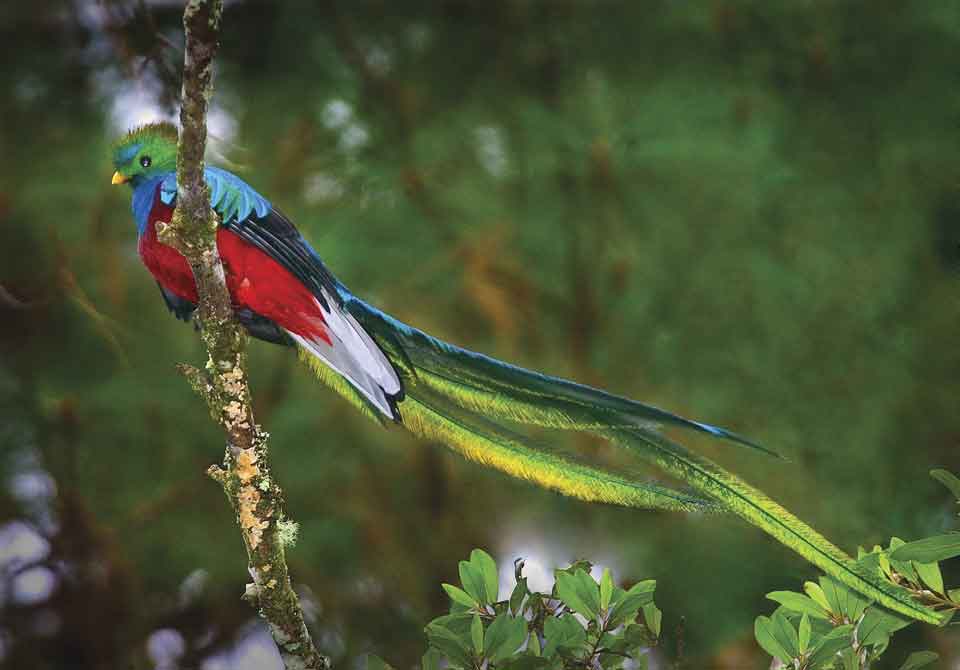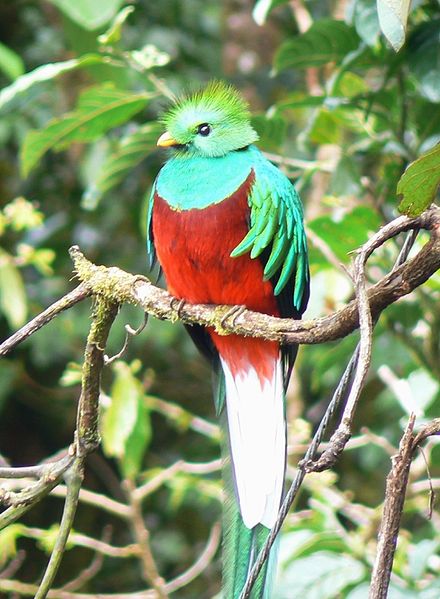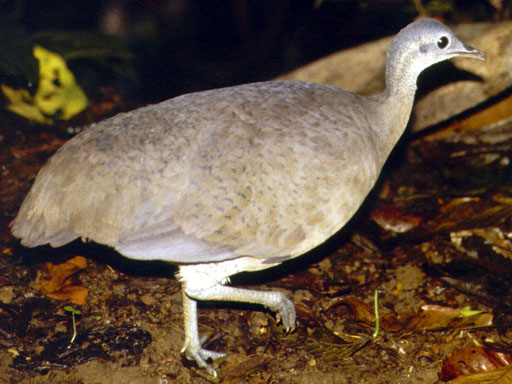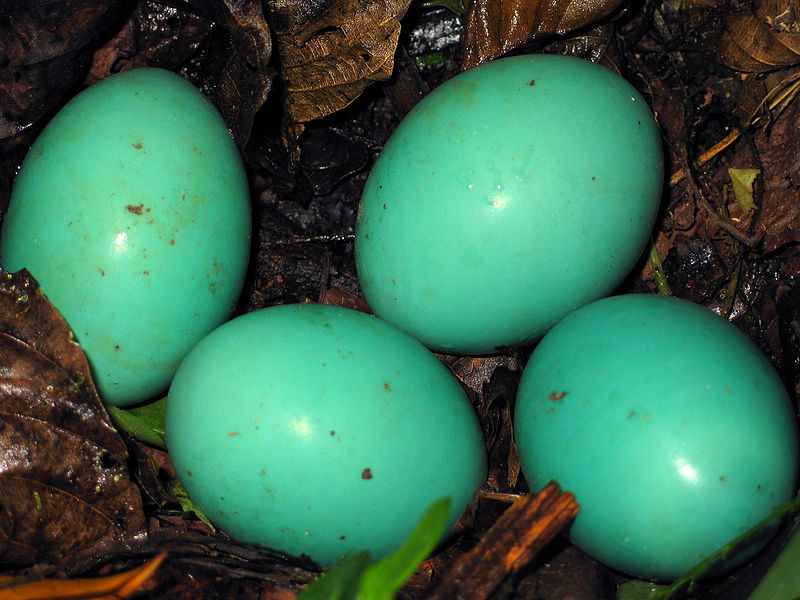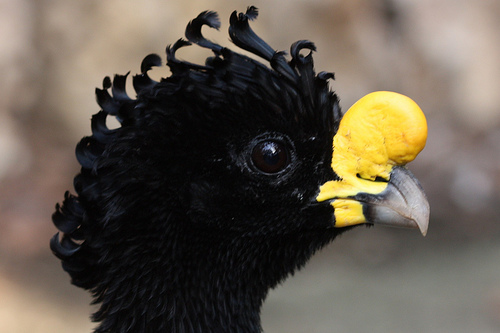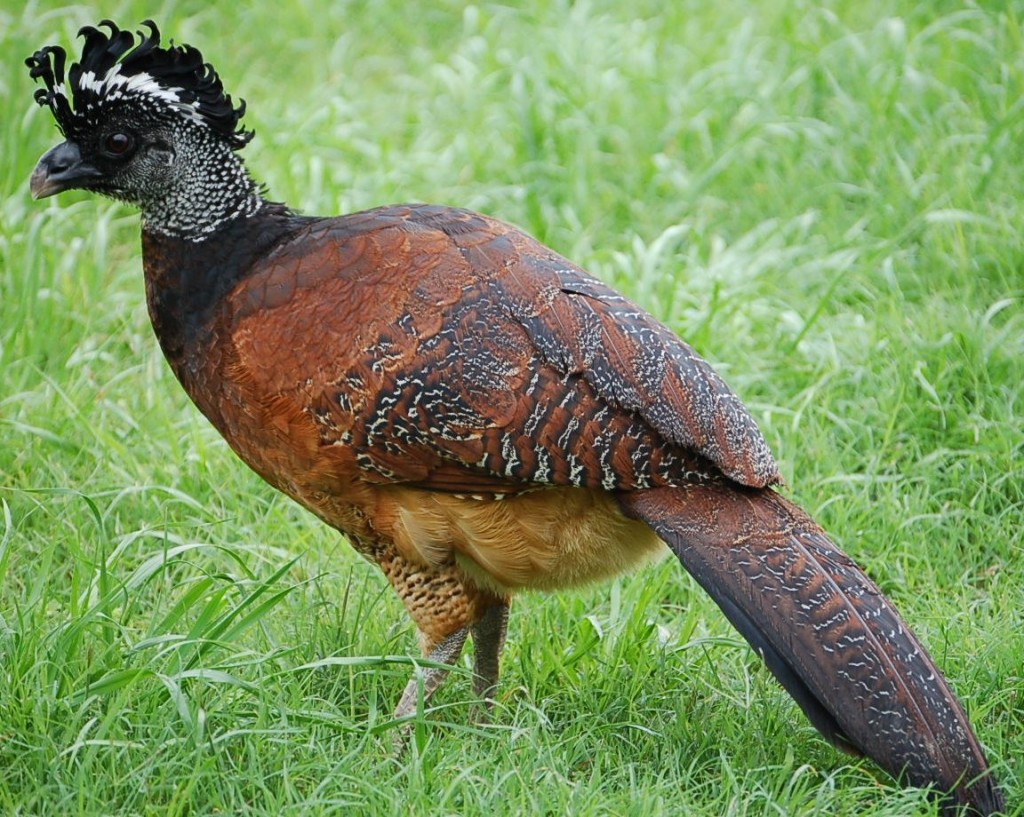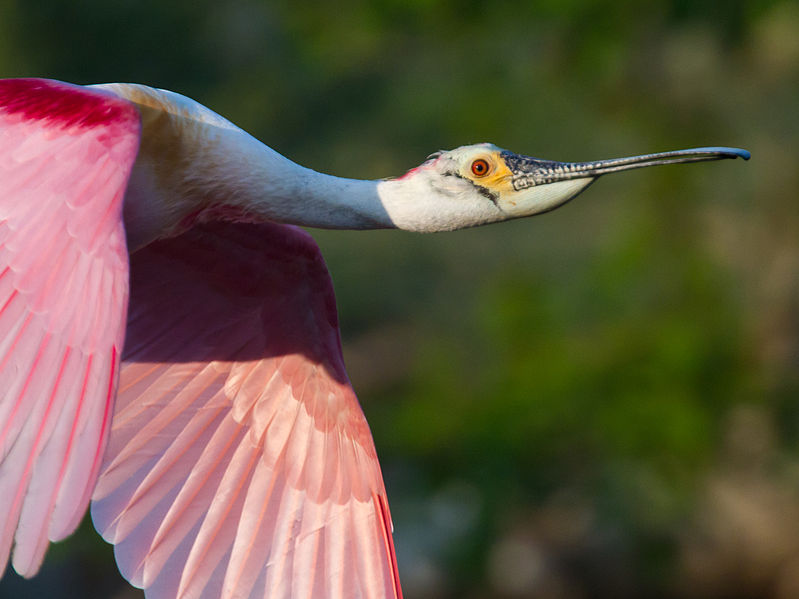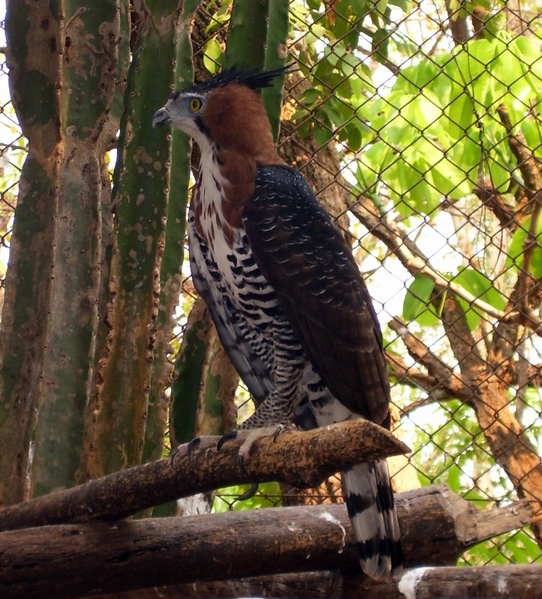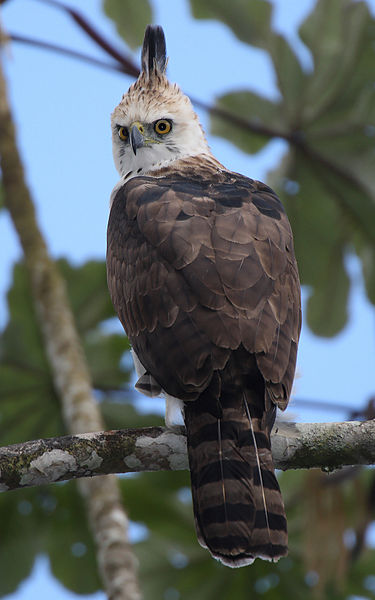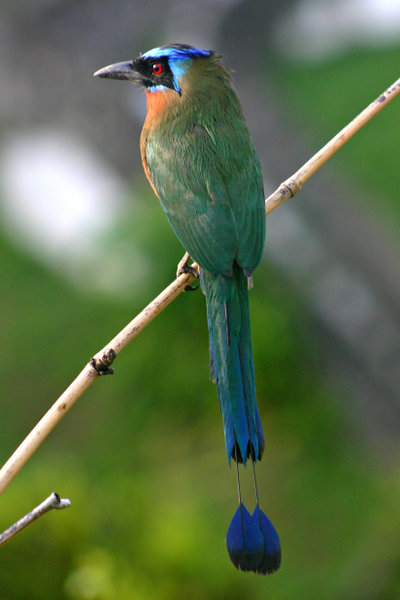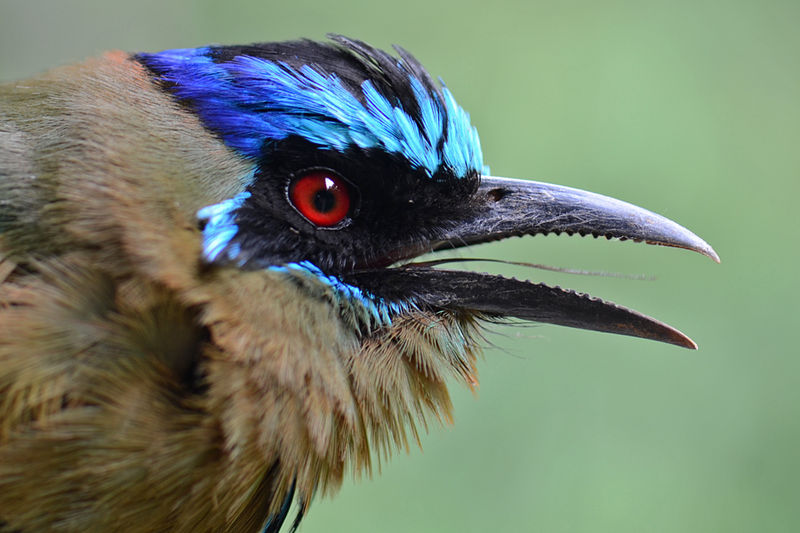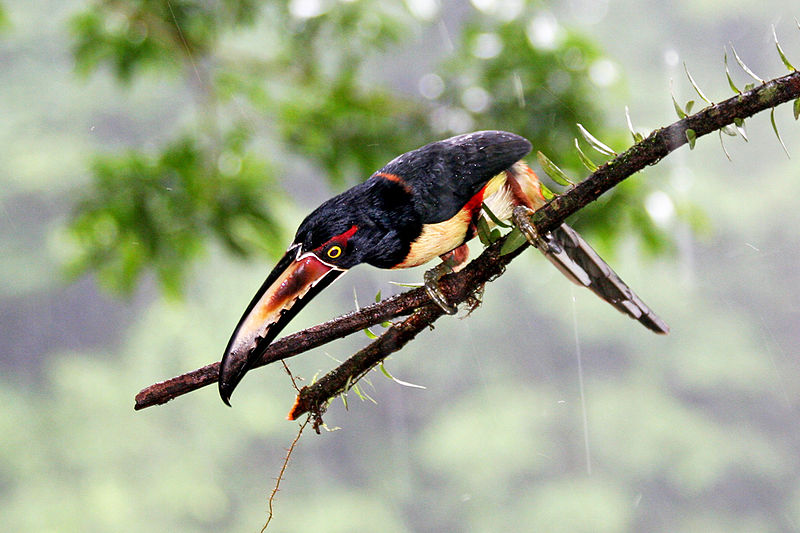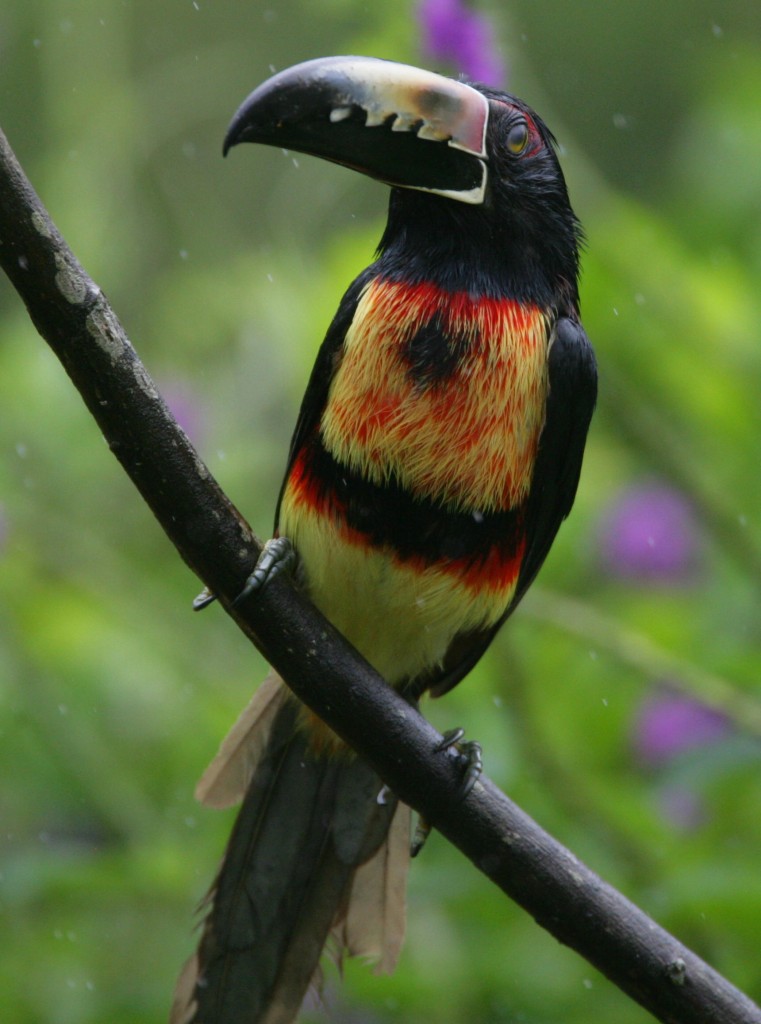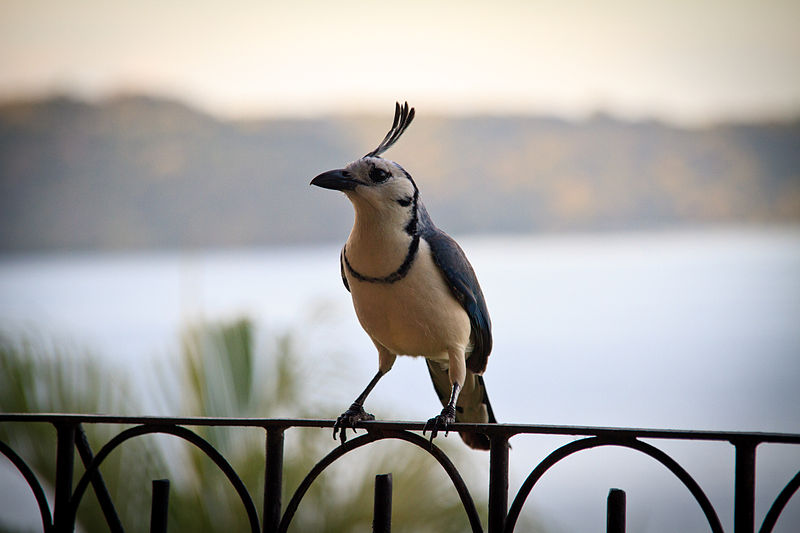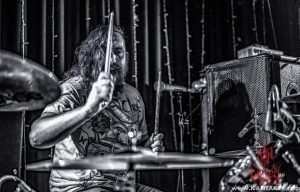The Bird Life Of Guatemala
Guatemala, Central America, has a wealth of unique and pristine ecosystems. The natural environment is variable in the extreme and as such it can play host to a large variety of bird species. The country has mangroves, rain forests, swamps, moutains and everything in between.
Guatemala has no less than 252 listed wetlands, including 5 lakes, 61 lagoons, 100 rivers, and 4 swamps. In total the country boasts over 700 species of birds. Here’s a selection of them for you to admire with your eye balls and think about with your brain. I’ve not covered all 700 species of course, I’m not that dedicated, but I’ve picked out some of my favourites. One Guatemalan bird I have covered elsewhere is the oddest bird of all time, so click here for information about the incredible potoo.
Now let’s wheel out the birds:
Resplendent Quetzal
Resplendent indeed. This is the national bird of Guatemala and featured on the Guatemalan flag. Their body is about 35 cm long, but their tail can add an extra 60+ cm. They have been symbolic in Mesoamerican culture for millenia. The quetzal’s skin is particularly thin and liable to tear, so they’ve evolved thick feathers to protect it. The resplendent quetzal has large eyes, an adaptation for the low light levels of the dense forests they dwell in.
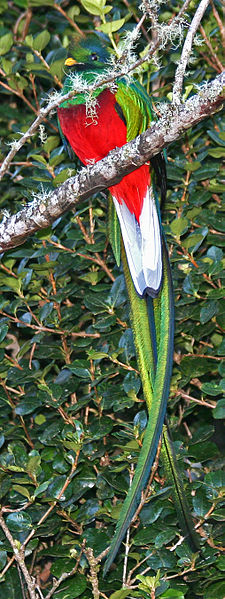 Great Tinamou
Great Tinamou
Also called the mountain hen, the great tinamou aren’t great at flying so they spend most of their time on the Guatemalan forest floor foraging for snacks. So what’s so ‘great’ about these solitary leaf litter lovers? If you ask me, it’s the colour of their eggs. I wonder why they evolved to be so bright? They’d make a good meal for some of the many forest dwellers they share their homes with?
Great Curassow
The great curassow is another bird that spends most of his time on the floor. I guess if you are relatively big, flying is an effort. Added to that, flying through a dense guatemalan forest full of branches is probably relatively hazardous. They choose to wander about eating fruit that has fallen from trees. Curassow are pretty aggressive towards humans, their mode of attack is to flutter around the head and try to scratch the eyes. So watch out for that. They’ve also been seen to carry out distraction behaviour when a predator approaches their chicks: they feign illness and limp about to draw attention away from the youngsters.
The picture above shows the male with his weird yellow nose lozenge, and below is an example of a lady curassow.
Roseate Spoonbill
These gregarious spoon-billed waders have wingspans of well over a metre and look wonderfully camp. Just like flamingos, their colour is derived through their diets. The garish pink is thanks to a carotenoid pigment called canthaxanthin in the shell fish they consume. They drag their spoon-shaped bill through the water sifting through mud to collect crustaceans, aquatic insects, frogs, newts and very small fish that are generally ignored by larger waders.
Ornate Hawk-Eagle
These fearsome crested beasts of the air can weigh up to 1.5 kg and have a wingspan of almost a metre and a half. They can take down prey up to five times their own weight, and live in humid forested regions. The picture above is an adult and the one below is a youngster.
As an aside, if you would like to see a video of a real life Transformer owl click here: TRANSFORMER OWL
Blue-Crowned Motmot
The motmot lives in nest tunnels on banks and varies between 38 and 48 cm long depending on race. Despite being fairly large, they are skilled at sitting incredibly still which makes them fairly hard to spot. They’ve got surprisingly small feet for their size and the middle toe is almost completely fused to the inner toe. Weird. Still, they’re good-looking guys, so I won’t hold their freaky feet against them.
Collared Aracari
These show offs are part of the toucan family. They hang about in gangs of between 6 and 15 pals, sitting in trees and eating fruit, although they will have a go at lizards, insects and eggs should the opportunity arise. Youngsters are fed by their parents and two or three other adult helpers, they’re quite sociable birdies by all accounts.
White-Throated Magpie-Jay
These 50cm long bad boys hang out in flocks and aren’t shy of humans. I guess anyone that can pull off a jaunty hat like that must have some confidence in themselves. Their diet consists of anything they can get their greedy little beaks into. From fruits to insects, eggs, larvae and reptiles. Female White-Throated Magpie-Jay stay behind with their parents to help bring up future broods whilst the male flies off to spread his seeds.
Like most forested areas, many of the Guatemalan birds mentioned here are either in trouble or soon will be. It’s a shame. What can we do to help? Well, one thing you can do is buy recycled toilet paper, currently you are literally wiping your arse on their home.
MORE:

